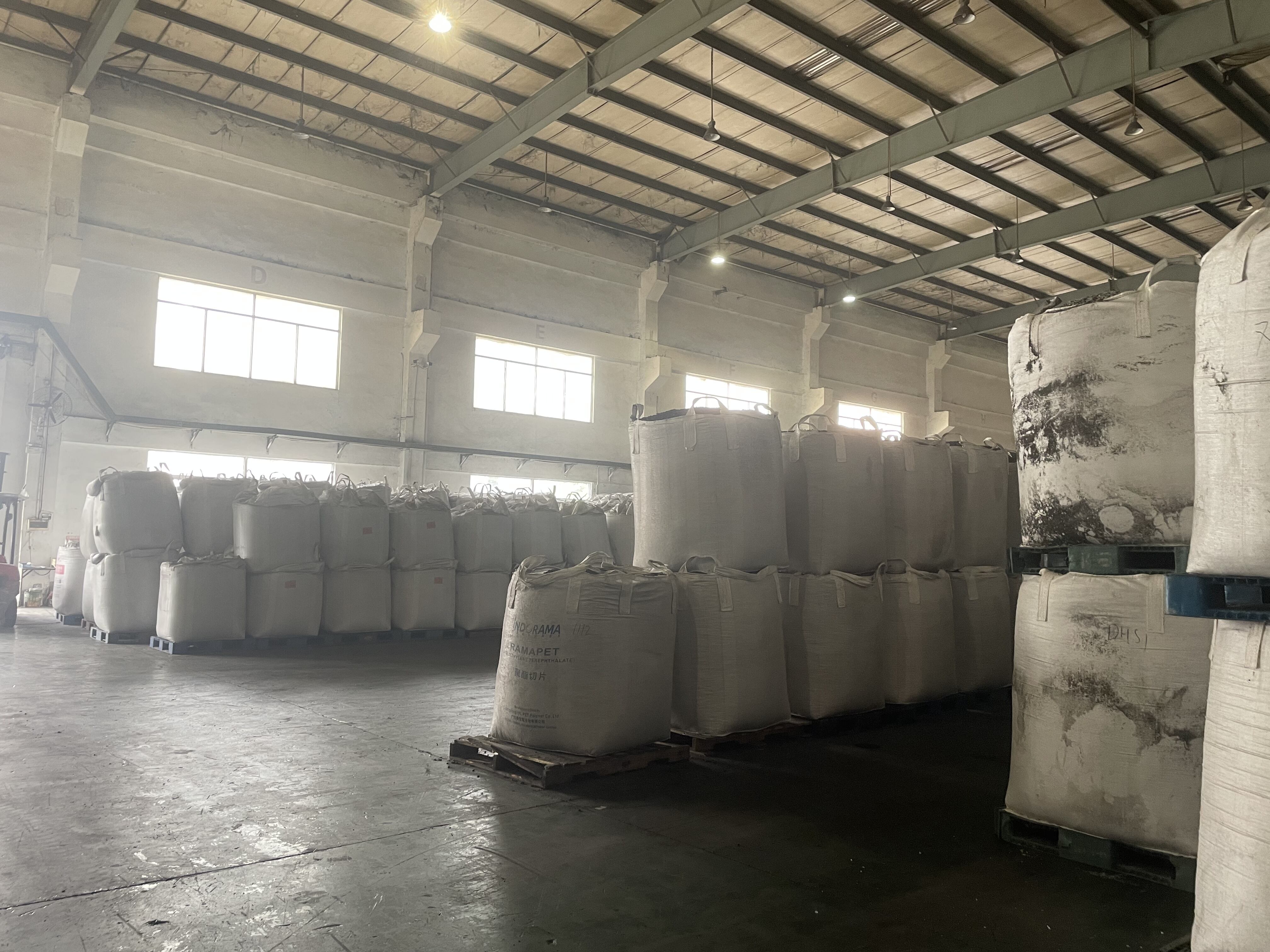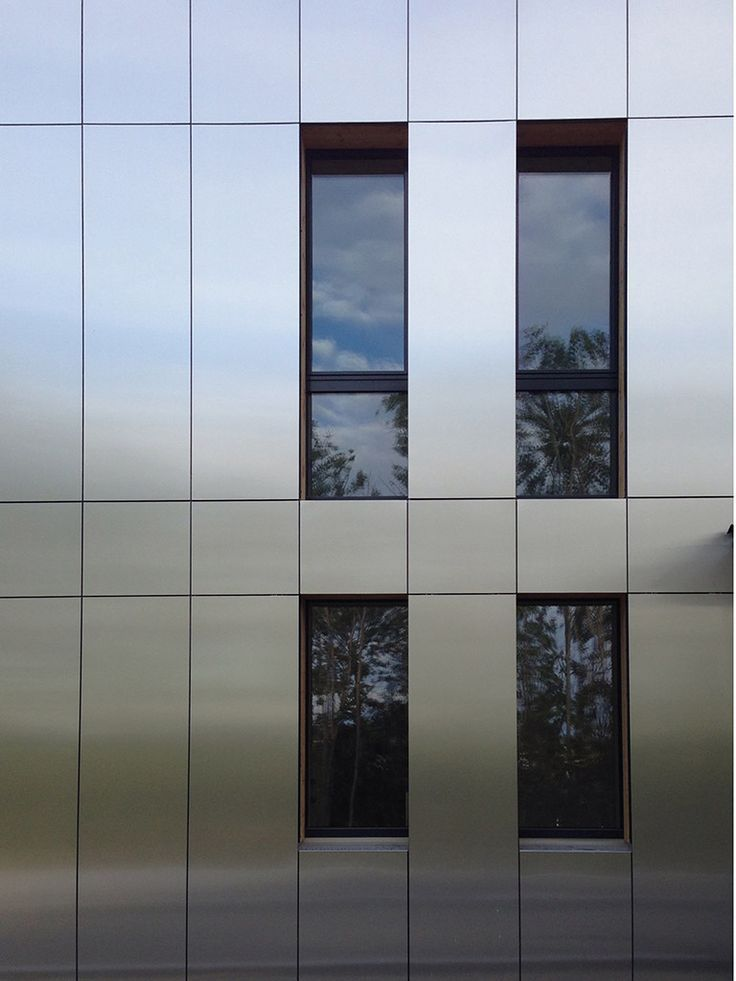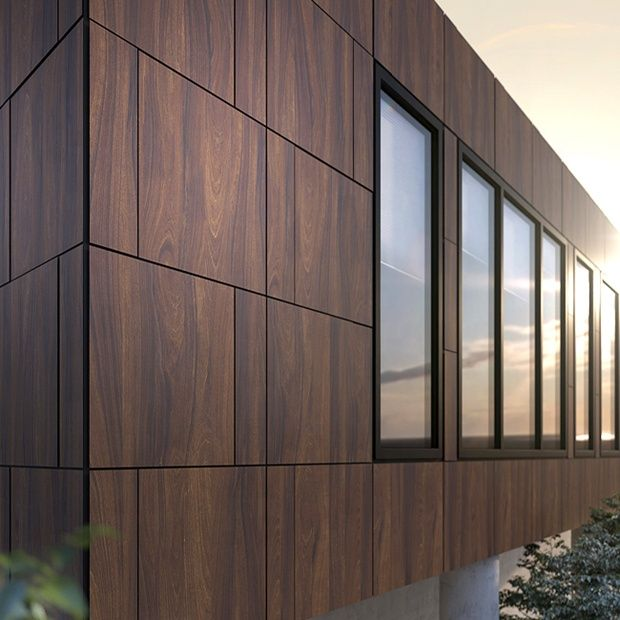aluminum composite panels
Aluminum composite panels represent a revolutionary building material that combines durability, versatility, and aesthetic appeal. These panels consist of two aluminum sheets bonded to a non-aluminum core, typically made of polyethylene or mineral-filled core material. The resulting sandwich structure creates a lightweight yet robust material that has transformed modern architecture and construction. With thicknesses ranging from 3mm to 6mm, these panels offer exceptional strength-to-weight ratios while maintaining superior flatness and rigidity. The panels undergo advanced surface treatment processes, including PVDF coating technology, which ensures long-lasting color retention and weather resistance. Their applications span across various sectors, from commercial building facades and corporate signage to interior design elements and transportation infrastructure. The panels' ability to be fabricated, bent, and shaped allows for creative architectural expressions while maintaining structural integrity. Their fire-resistant properties, when manufactured with mineral cores, make them particularly suitable for high-rise buildings and safety-conscious applications. The panels also feature excellent sound and thermal insulation properties, contributing to energy efficiency in buildings.


